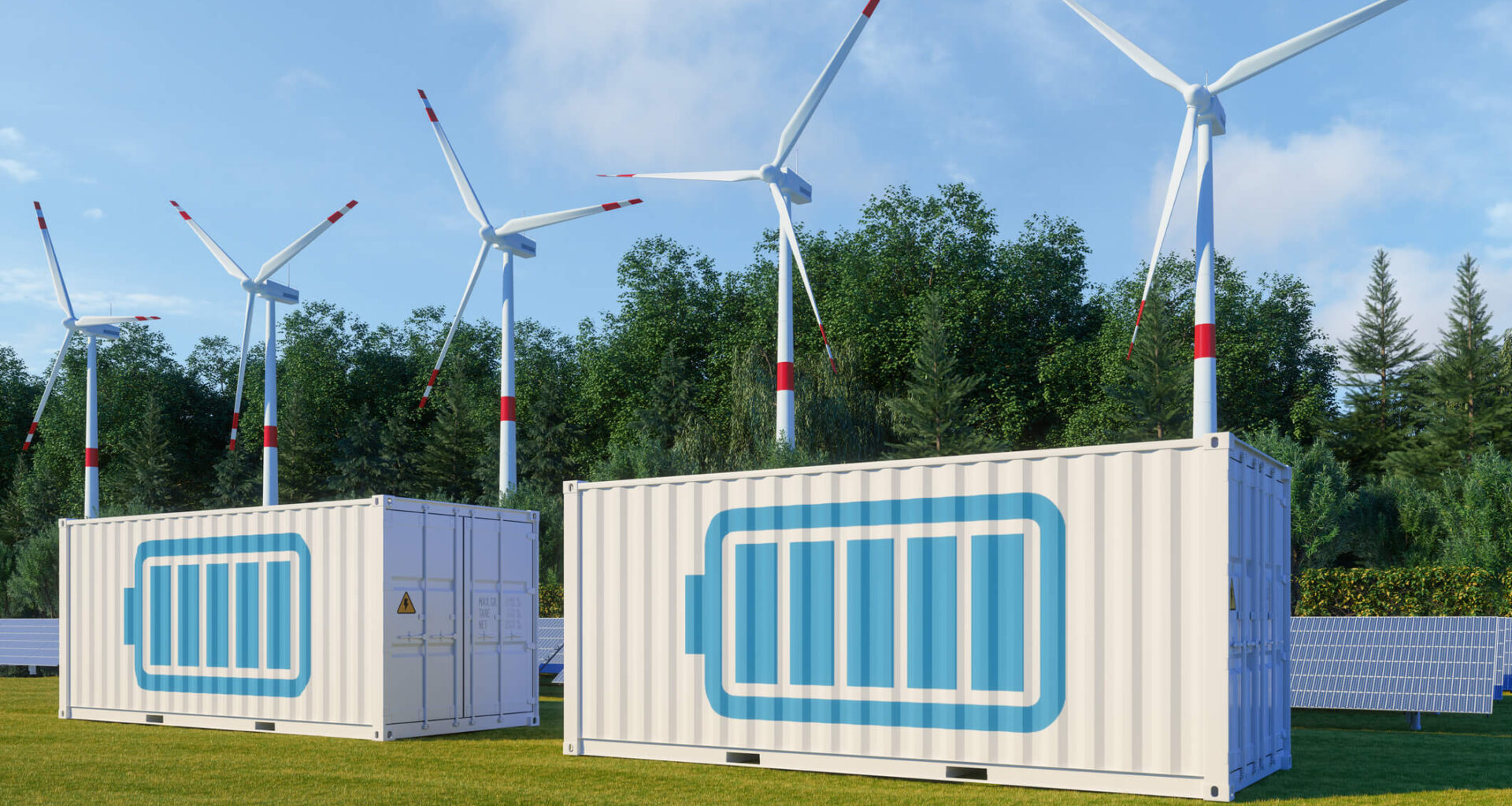Battery Energy Storage Systems (BESS) are paving the way for a sustainable future by integrating renewable energy sources seamlessly into the grid. With renewable sources like wind and solar, battery systems play a bigger role in the changing landscape of energy storage. As many countries set net-zero targets by 2050, transitioning towards a dependable, effective, and sustainable electrical system is crucial.
Considering the role of BESS in enabling a greener future, this article will delve into the technology behind these systems, the integration of renewable energy, and the latest technological advancements in battery storage, with a focus on Moxa. Moxa is a leader in industrial networking and communications, offering industrial, computing and automation solutions. We will explore how the brand supports the development of BESS solutions and we will look into the future of energy storage systems and their impact on sustainability.
Understanding BESS Technology
The functioning of BESS is similar to how a water reservoir works, saving energy for when it’s required, just as water is conserved for later use. This analogy aids in the understanding of the complex energy storage and release processes, which are managed by sophisticated control systems. To enter a reliable and cleaner energy future, BESS is crucial as it seamlessly integrates with both front-of-the-meter (FTM) and behind-the-meter (BTM) applications.
Understanding the intricacies of BESS unveils how these technologies are revolutionising energy storage and management. Key components of BESS include:
- Energy Management System (EMS): Controls power flow in the battery system.
- Power Conversion System (PCS): Converts energy from DC to AC and vice versa.
- Battery Management System (BMS): Oversees the charging and discharging process to optimise battery life.
- Auxiliary System: Raises alerts when anomalies are detected, including unauthorised access, environmental conditions and system faults.

Nowadays, lithium-ion batteries—which are praised for their exceptional energy storage capacity and quick recharging capabilities—dominate the BESS scene. Sodium-ion batteries, on the other hand, are emerging as a strong competitor and are expected to gain market share. The way that BESS technology has developed over time to enhance energy storage efficiency, safety, and environmental friendliness is exemplified by this evolution, and between now and 2030, battery energy storage capacity is predicted to quintuple.
The Role of BESS in Renewable Energy Integration
In the integration of renewable energy, BESS plays a pivotal role, ensuring a seamless transition from traditional to green power sources. The capabilities of BESS extend across various aspects of energy management and supply, highlighting their importance in a sustainable future.
- Grid Stability and Renewable Integration: Through voltage and frequency management, BESS provides essential reserve capacity that surpasses conventional methods, contributing significantly to grid stability. For variable renewable energy sources like solar and wind to be consistently included in the energy investment, this stabilising impact is essential.
- Economic Viability and Expansion: In order to encourage energy storage systems, the major power-producing countries—the United States, the United Kingdom, the European Union, Japan, and China—have passed laws in recent years. When energy is needed most, BESS injects energy into the grid, resulting in large economic gains.
- Scalability and Future Potential: The global BESS market is on a rapid growth trajectory, with investments reaching $5 billion in 2022 and projected to hit between $120 billion and $150 billion by 2030. This expansion signifies the scalability of BESS and their indispensable role in future energy systems, facilitating large-scale renewable energy adoption and contributing to energy independence and sustainability.
Sustaining BESS with Moxa
Moxa is helping to accelerate the transition to renewable energy sources, making the vision of a decarbonised and efficient energy grid a closer reality. With their comprehensive approach, it is possible to overcome challenges in data storage and cloud connectivity. Moxa commits to efficiency and reliability in BESS operations and maintenance.
Why Moxa
Moxa offers a variety of energy storage solutions that can be used to manage and balance renewable energy resources. Their products are tailored especially for system integrators and BESS builders. Battery and Energy Management Systems (BMS/EMS) installed in energy storage cabinets and large-scale MW-level energy storage sites enable monitoring and controlling by gathering and leveraging data from various systems. With products from the UC, MGate, NPort and NAT and ioLogik series, Moxa provides the ideal platform for the growth of the BESS market.

In addition to Moxa’s offering, the brand has many resources available to help customers learn more about BESS technology and the benefits of energy storage. Through providing the best solutions to energy storage and management, Moxa is contributing to reinforcing the grid’s resilience and facilitating broader adoption of renewable energy.
Future of Battery Energy Systems
The industry for battery energy storage is radically changing as a result of technological developments that improve the sustainability, dependability, and efficiency of these systems. In order to move us closer to a sustainable energy future, BESS are essential to the integration of renewable energy. Innovations in lithium-ion and sodium-ion batteries, battery repurposing, and the use of AI to optimise storage operations are some of the key advancements in this field that are supporting the growth of energy management and the goal of a decarbonised grid.
Moxa is essential to this shift because it offers stable industrial networking solutions that improve BESS’s connectivity and dependability. Their technology facilitates the safe and effective management of energy storage while supporting the smooth integration of renewable energy sources into the grid. Moxa has made significant contributions to the development of BESS, underscoring their significance in the transition to a more technologically sophisticated and sustainable energy sector.











